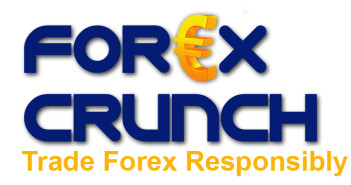Obama’s senior advisor, Larry Summers, said that the bottom of this recession is already behind us. If his optimism is real, where does it send the dollar?
President Barack Obama’s chief of the White House National Economic Council, Larry Summers spoke in a panel in Washington DC, and stated that the economic free fall will end in a matter of months, and that while the recession is clearly very deep, there are promising signs that a bottom may have been reached.
Not everybody in the audience liked the administration’s plans and Larry Summers in particular.
American Housing already reached the bottom, but the job market is still doing very bad. Unemployment Rate is still on the rise, and job losses are still mounting. The picture for the American economy is complex.
Is American fast recovery good or bad for the US dollar?
In normal market conditions, the automatic answer would be yes. A stronger American economy is good for its currency. If it does happen, the dollar will get stronger.
But in these extreme conditions, the opposite can happen: a reviving economy in the US means that the situation is less dangerous, and risk can be taken. This can shift dollars to Euros, Pounds, Swiss Francs and high yielding Australian dollars.
In the past months we’ve seen both kinds of reactions after US figures were released: sometimes “normal” behavior took over – positive American figures got the dollar higher, and bad US releases got it lower.
But many times, the risk factor took over: Good US data was a relief to traders, and they got hungry with risk appetite, and bad data made them worried, driving them to safe haven currencies – the dollar.
These risk aversion / risk appetite reactions happen at extreme conditions such as this deep economic crisis.
So, if Larry Summers’ optimism comes true, will the dollar weaken on risk appetite, or will it strengthen on “back to normal” behavior?
What do you think?
